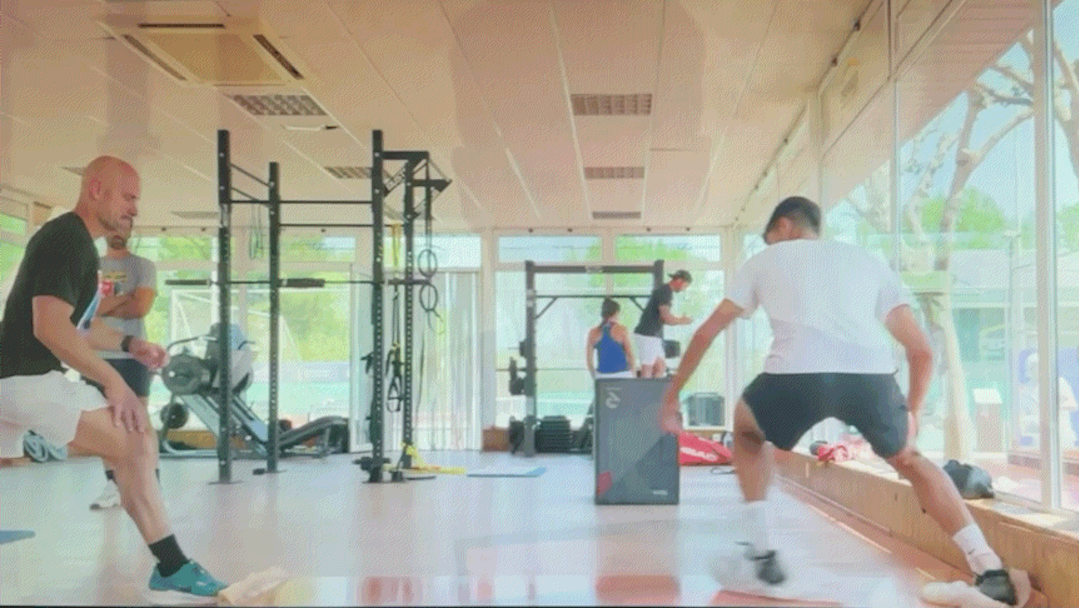Tennis Technology and Training
Tennis players don’t spend enough time training for mid-court play. It is a profound truth expressed by Tom Gullikson last November in the “Compete Like a Champion” podcast interview. Tennis coaching and training focuses almost exclusively on play from one of two primary areas, the baseline or the net. My junior tennis days were punctuated by loud exhortations to avoid “no-man’s land” at all cost.
In that interview, Gullikson offered the unusual opinion that players should consciously and deliberately work on playing shots from the mid-court. The difference between winning and losing a close match usually comes down to only a handful of points. So why in the world would players neglect shots from the middle third of the court? Those unhinged points that do not conform to conventional playing patterns are likely to be the difference in close matches.
Books of tennis drills and practice games do not focus much attention on mid-court play. The closest they typically come to working on that area of the court is expressed via three basic strokes: 1) The approach shot, 2) the half volley, and 3) the swinging volley. The focus is invariably on hitting the ball and attacking (or retreating) as quickly as possible. In other words, the transition game.
One of my favorite ways to specifically work on mid-court shots is a game called “Pepper.” That drill is executed as a cooperative hitting pattern between two players. In writing this post, I have found that it is hard to describe. That’s OK because it might be even harder to execute.
My best effort is to list the sequence of shots in a table.
| Player 1 | Player 2 |
| (Feed) Volley to Volley | Volley Lob |
| Overhead to Half-Volley | (Half) Volley to Volley |
| Volley Lob | Overhead to Half-Volley |
| (Half) Volley to Volley | Volley Lob |
| Overhead to Half-Volley | (Half) Volley to Volley |
| Volley Lob | Overhead to Half-Volley |
| (Half) Volley to Volley | Volley Lob |
| Overhead to Half-Volley | (Half) Volley to Volley |
| Volley Lob | etc. |
The drill generates a lot of opportunities to hit half-volleys, lob volleys, and mid-court overheads. It is also great for working on your reflex volleys.
In the coming weeks I will probably continue to share more drills for developing the mid-court game. If anyone has any recommendations, I would love to hear about it.
- Game Styles With Coach Tom Gullikson, Compete Like a Champion Podcast, November 1, 2021.



